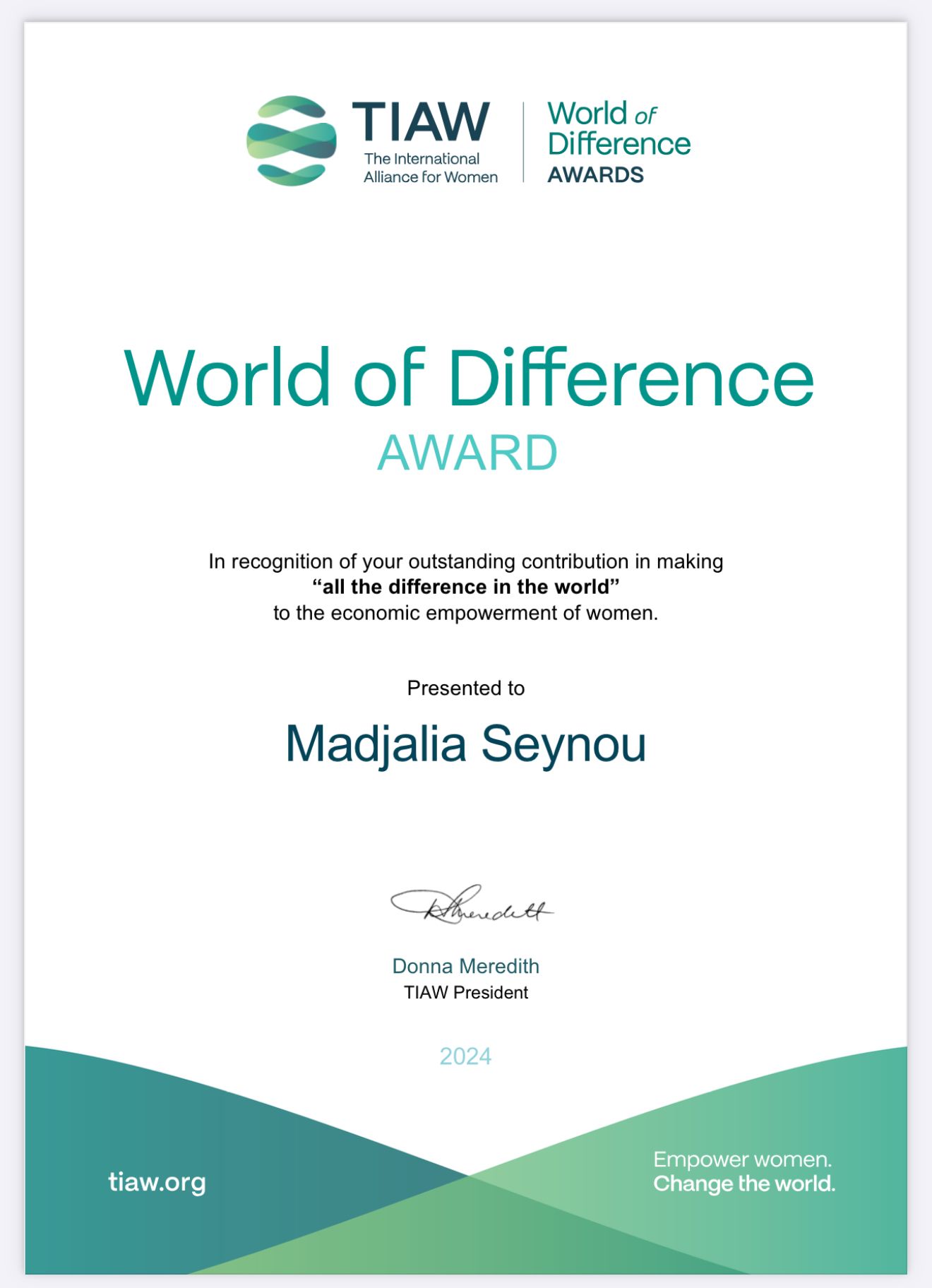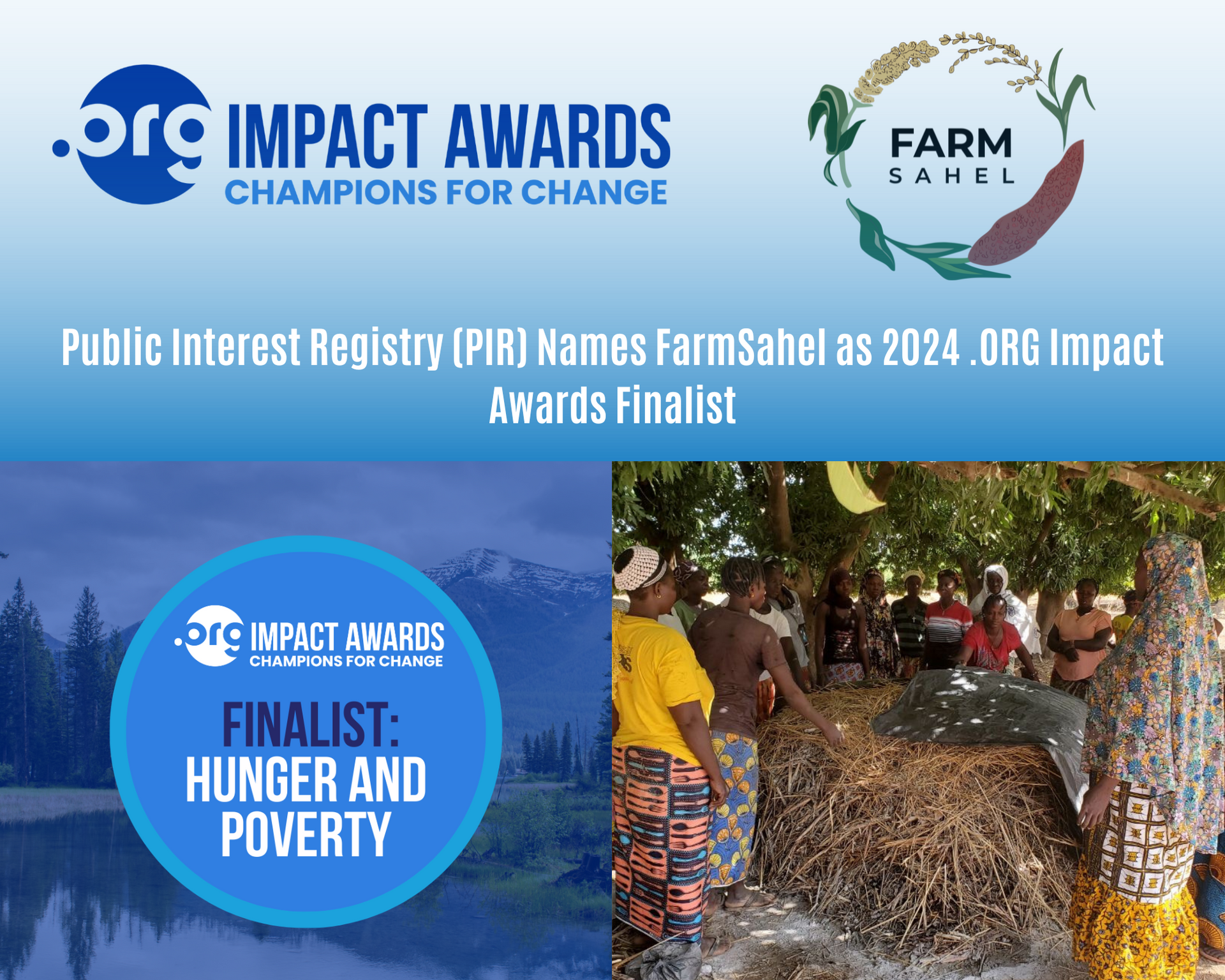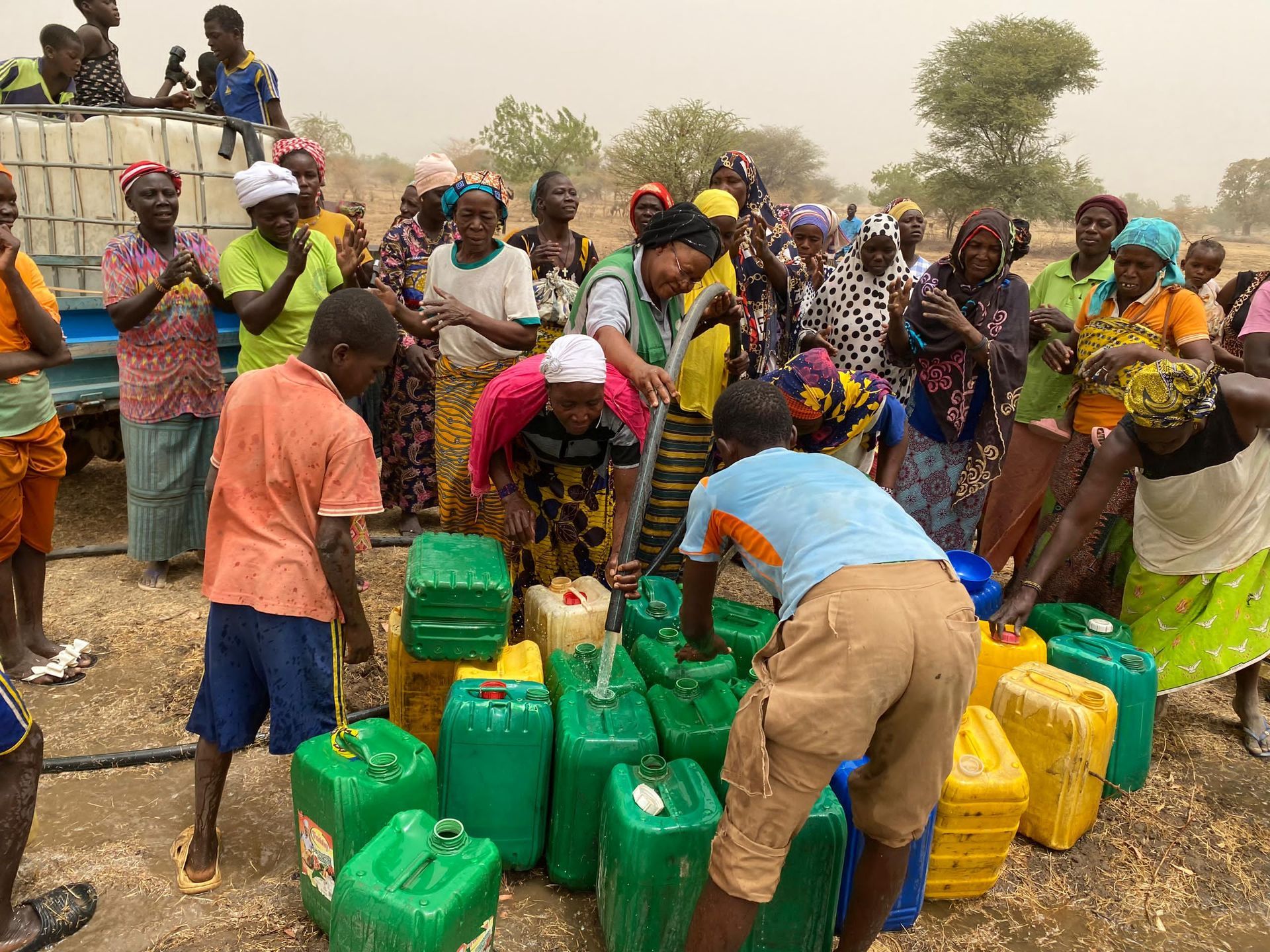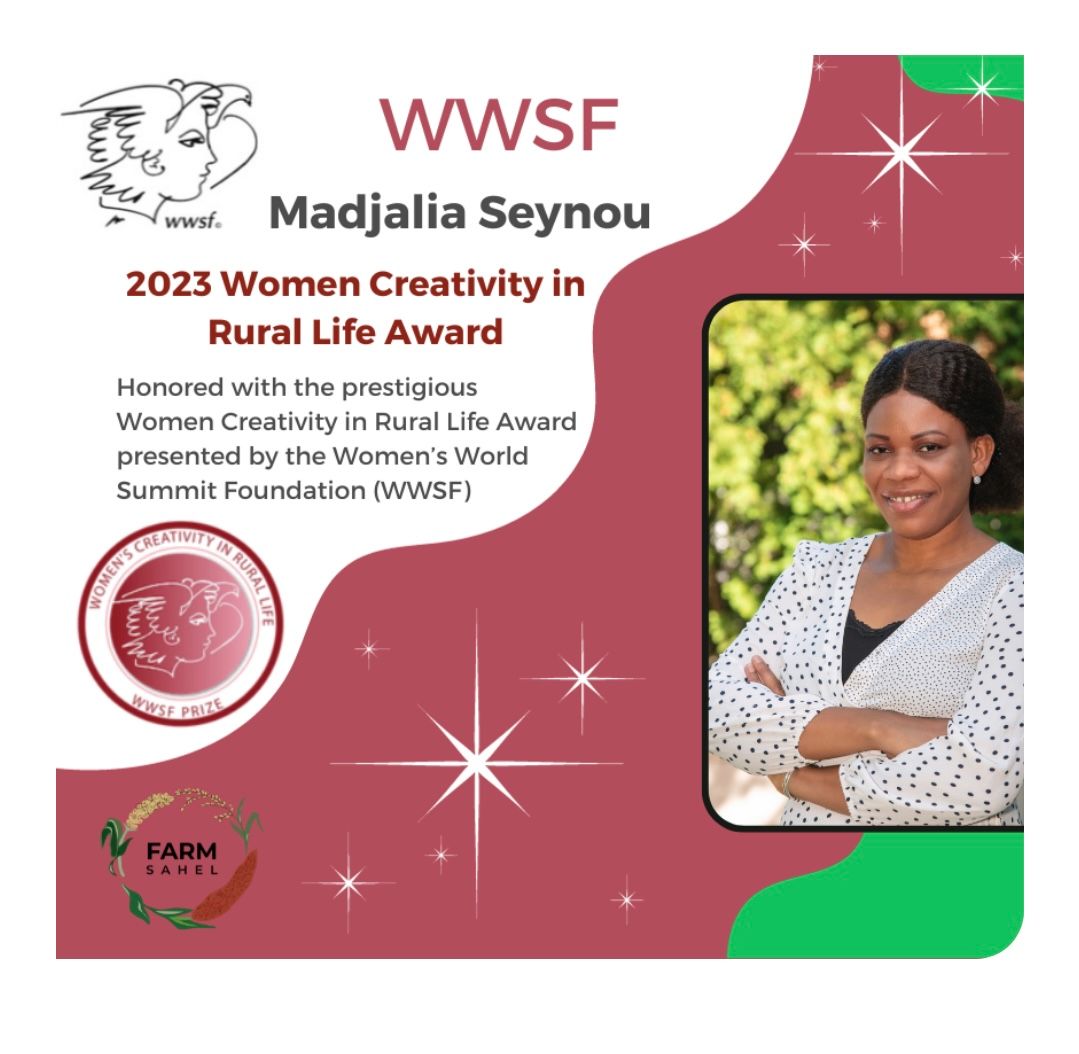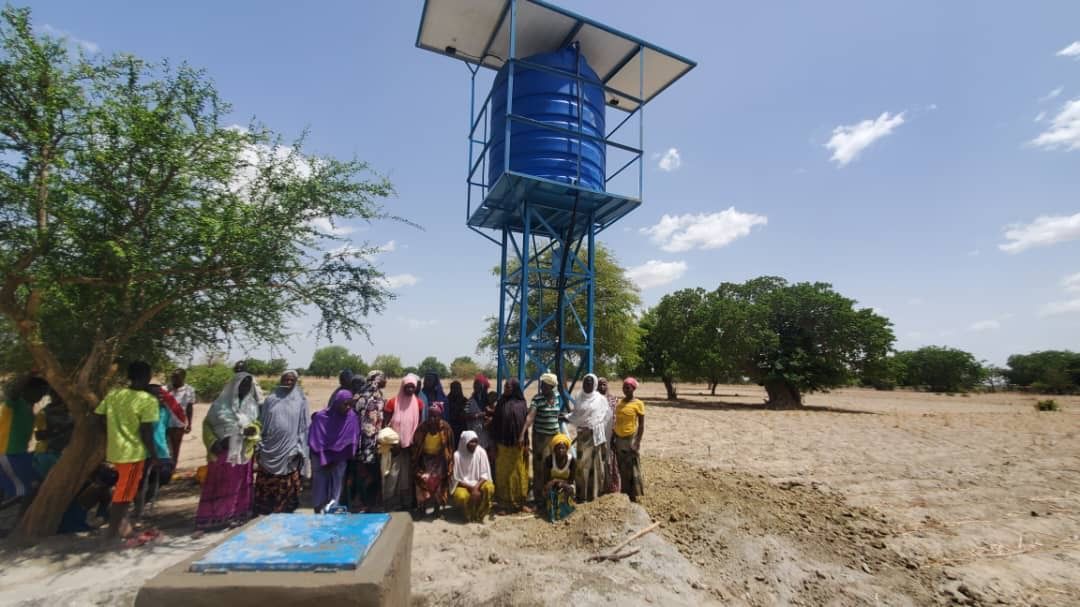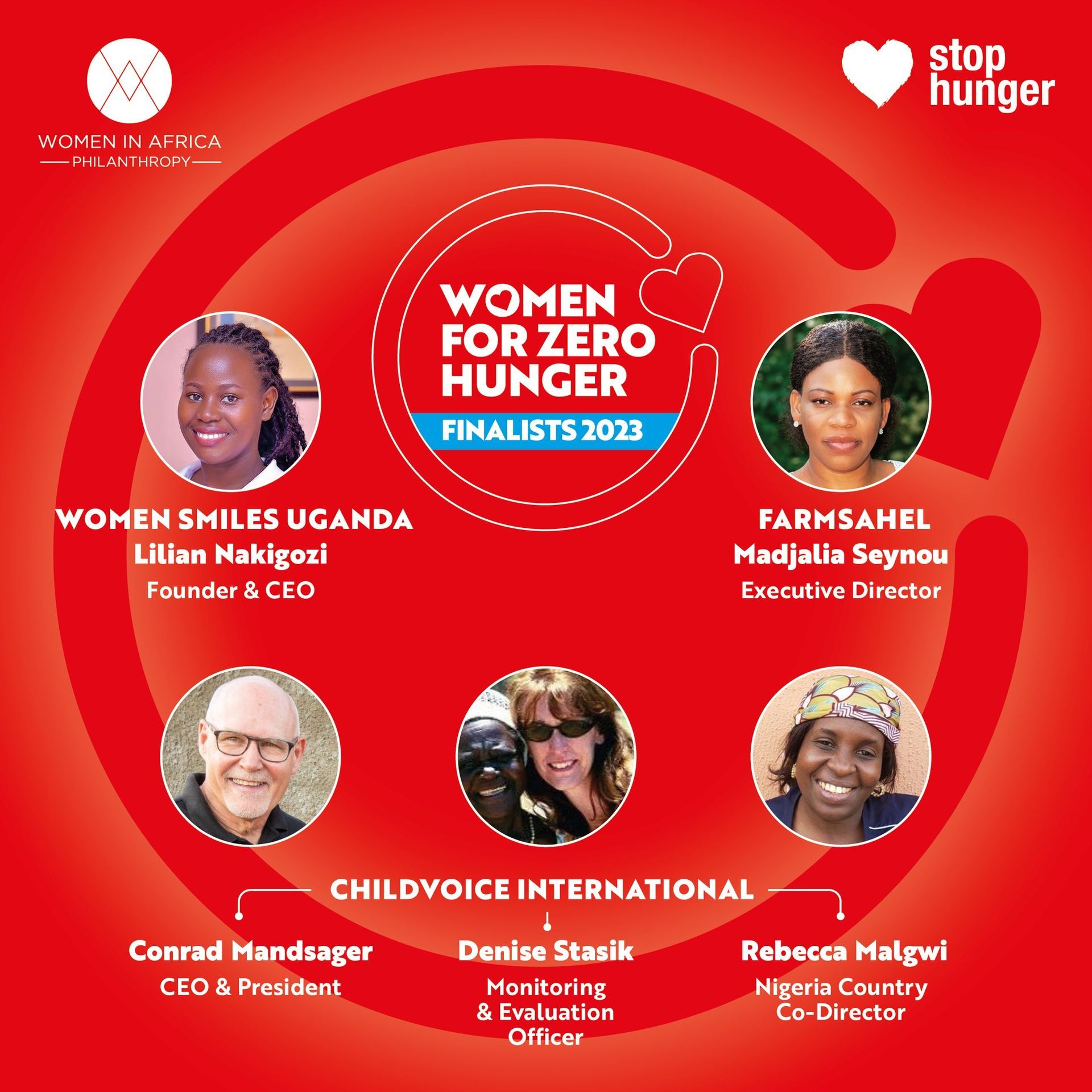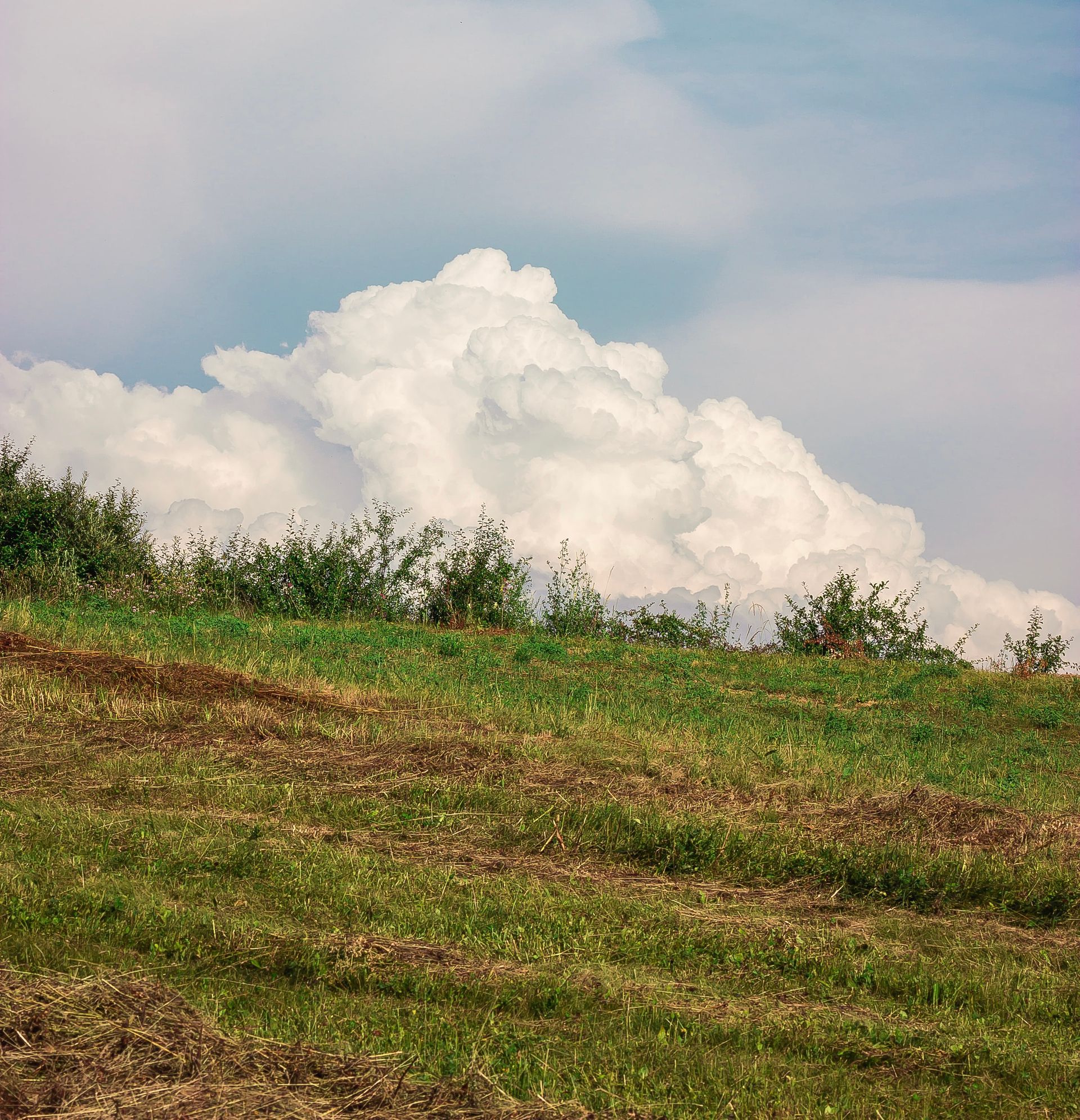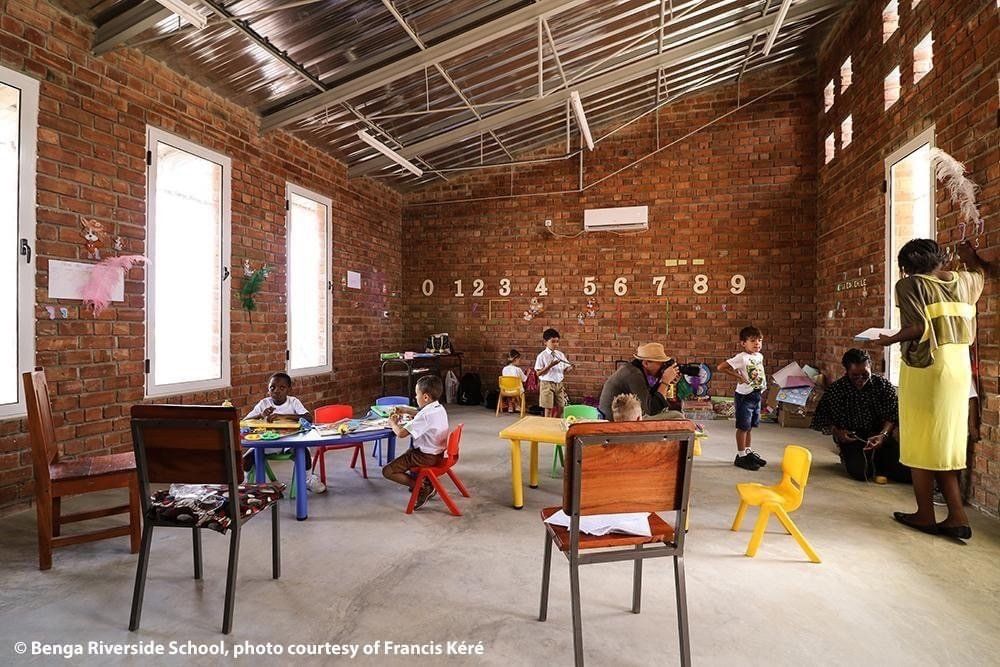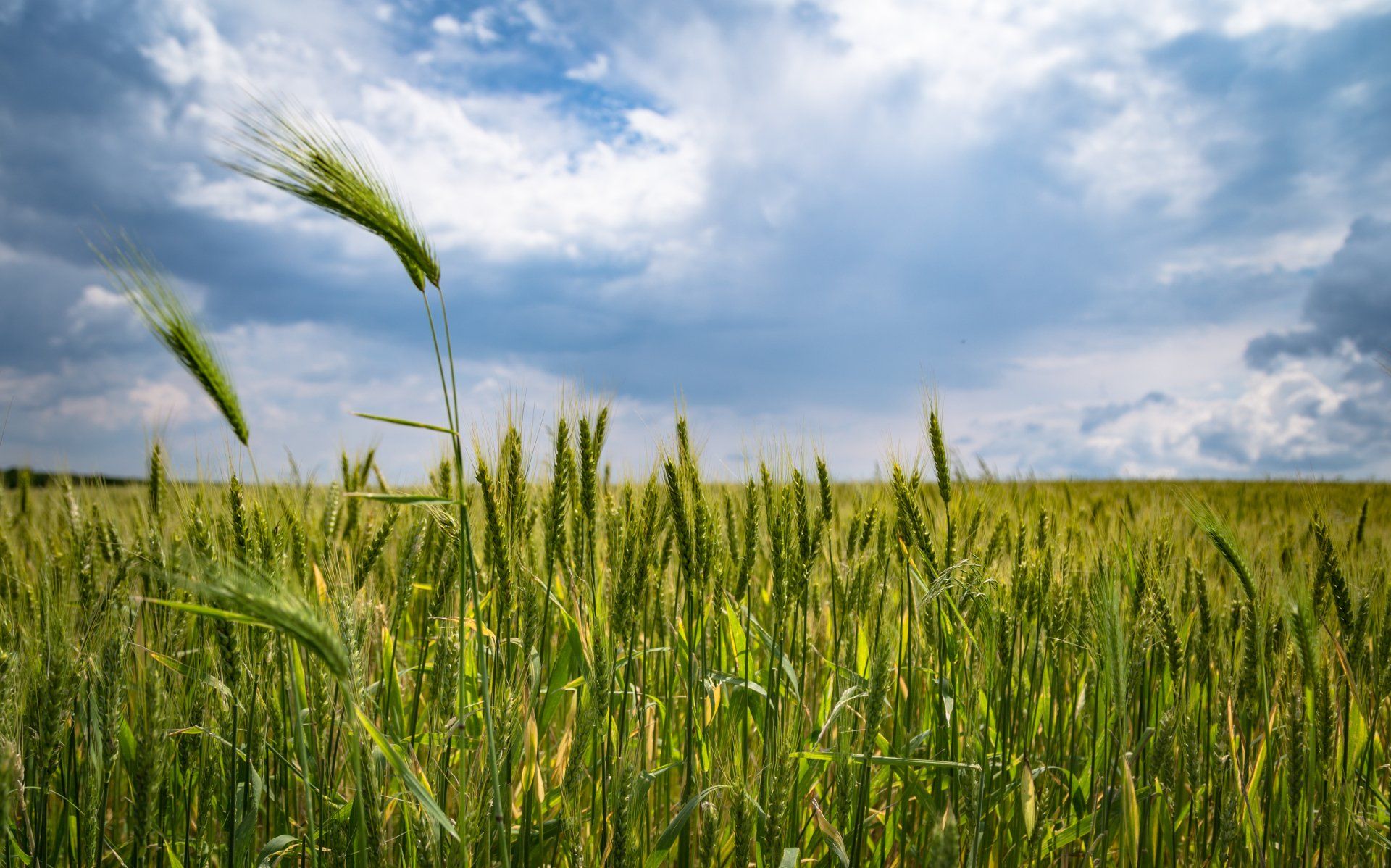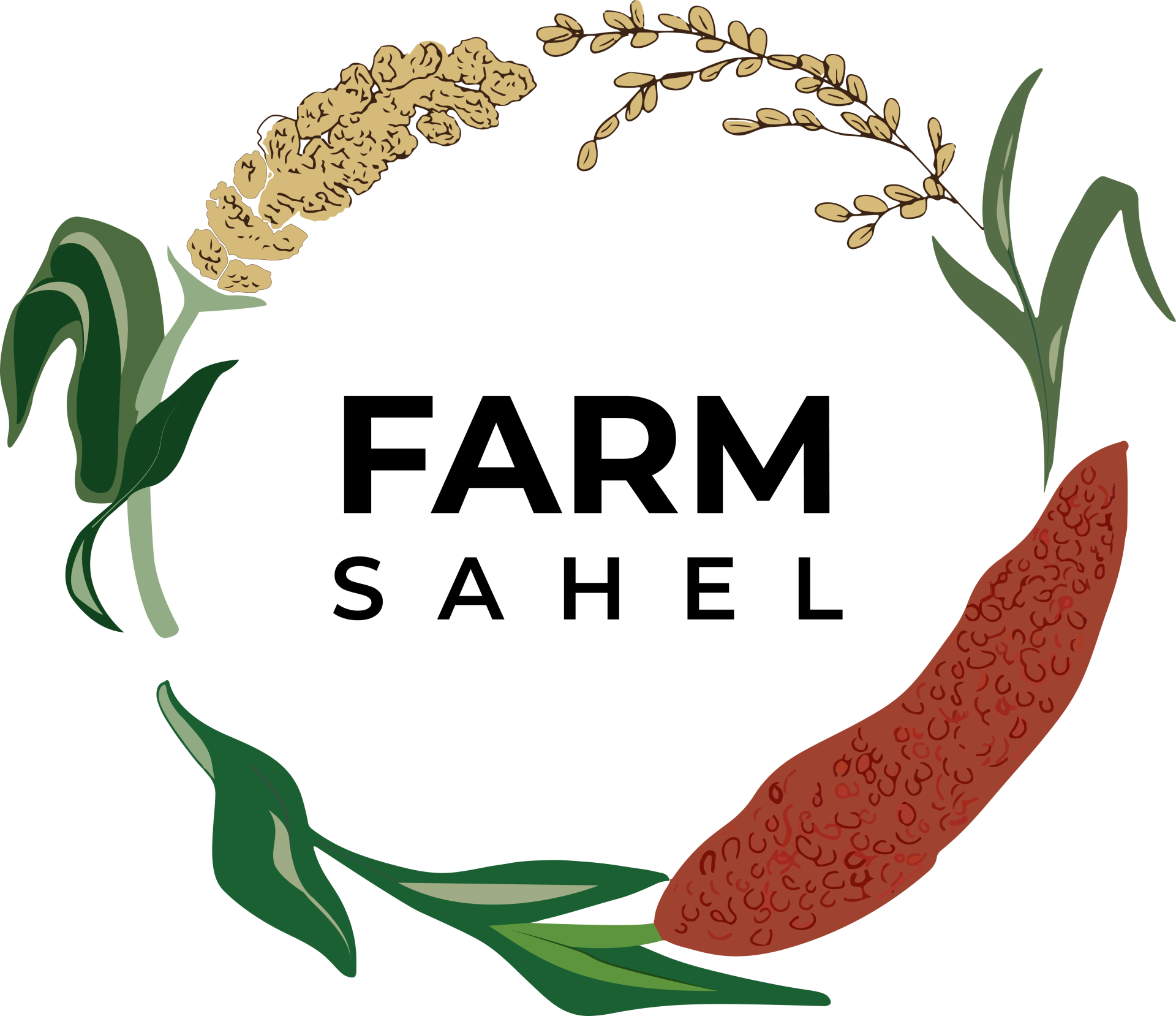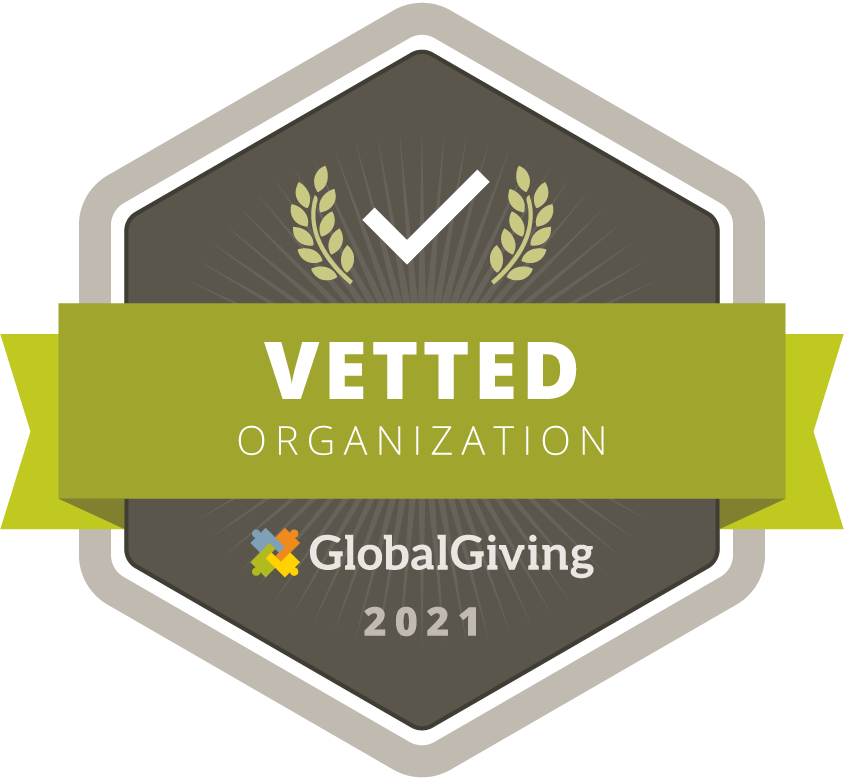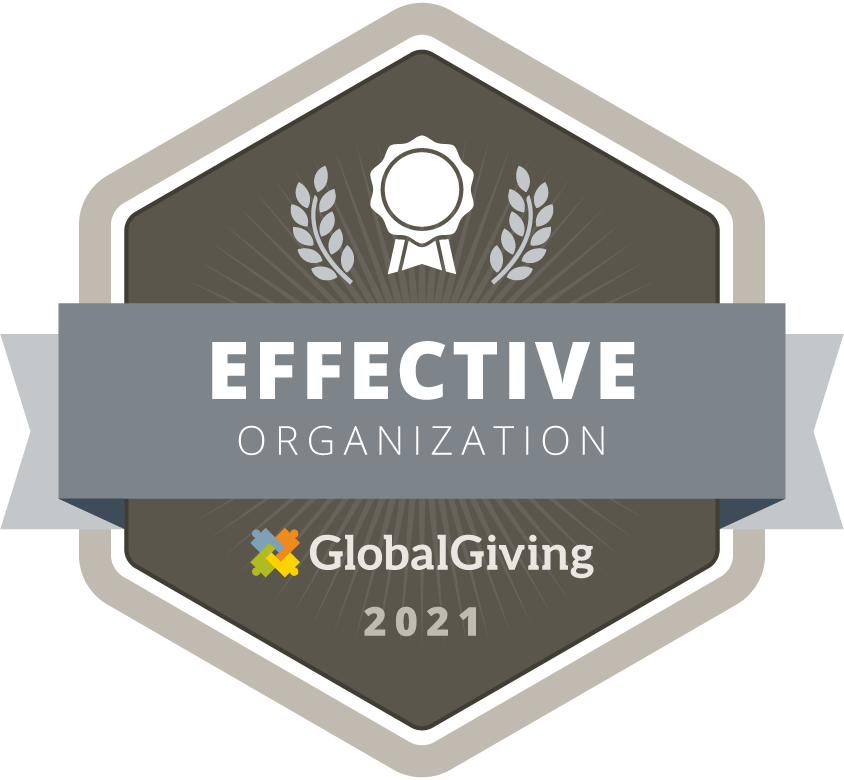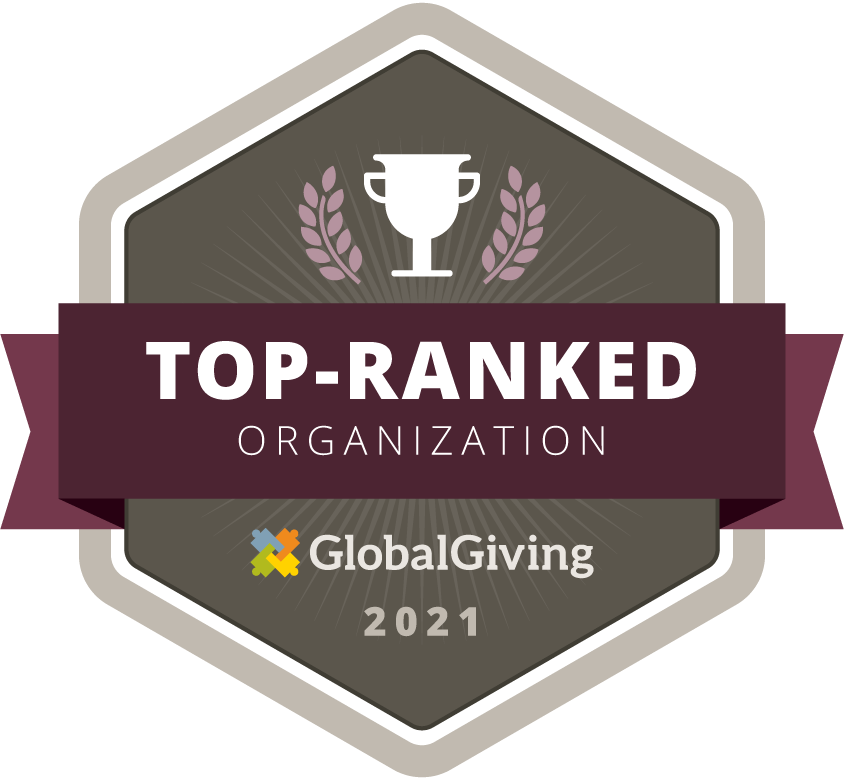An Inspiration for Sub-Saharan Nations
Sub-Saharan Africa (SSA) is one of the world’s regions that suffer the most from poverty, hunger and agricultural decline. Despite the massive population of SSA, and the majority of this population being involved in the agricultural community, there have been critical issues revolving around the farming systems and, subsequently, the economy. As SSA approaches a boom in population, one that is expected to double the younger generation, serious action is required to sustain the agricultural development of each nation.
Agricultural development is essential to the wellbeing of SSA nations, not only because a major portion of its residents are involved in the community, but it can also alleviate the hunger that will certainly increase from population booms. The burning question is: how exactly can one help the agricultural economies of SSA? There are solutions that have worked in other nations such as government intervention, foreign independence and strict quarantine laws. However, SSA nations come with obstacles of their own- and to really delve into feasible solutions, there is one nation in particular that has been able to overcome difficulties in its agricultural sector. That nation exists within SSA and has been one of the first to break free from the chains of agricultural destitution: Ethiopia.
Ethiopia's Economic Situation

Ethiopia is a nation that is towards the Eastern border of SSA with a population over 100 million. Ethiopia’s economic situation has improved in the last decade, driven by agricultural sector reforms. “Ethiopia is one of the top performing economies in Sub-Saharan Africa. This country has been able to register an average growth rate of 11 percent over the last seven years. Agriculture is the mainstay of the economy; and exports are almost entirely reliant on agricultural commodities” (fao.org). These agricultural commodities include coffee, oil seeds, dried pulses, hide and skin as well as live animals. The agricultural community is central to the economy of Ethiopia, as is the case in most of Sub-Saharan Africa- the smallholder farming households actually account for 85% of all employment. Thus, it is evident that the many steps Ethiopia took to change its agricultural sector lended a hand in fixing the economy.
The Ethiopian government created a series of programs and policies to advance agricultural development.
The success comes from Ethiopia’s famed Growth and Transformation Plan, which ensured that there would be rapid and sustainable growth through enhancing the agricultural and manufacturing sectors. This was ensured through the creation of several “pillar strategies”, focused upon seven key categories: sustainable economic growth, the maintenance of agricultural as a source of this growth, the creation of favorable conditions for the industry to play a key role in enhancing both infrastructure and social development, deepening governing tactics, and promoting women empowerment. Focusing on the maintenance of agriculture as a source of economic growth, was one of the main facets of this Growth and Transformation Plan that led to growing success for Ethiopia. “The agricultural strategy will direct on placing major effort to support the intensification of marketable farm products- both for domestic and export markets, and by small and large farmers. Fundamentals of the strategy include the shift to produce high value crops, a special focus on high-potential areas, facilitating the commercialization of agriculture, supporting the development of large-scale commercial agriculture where it is feasible.
The commercialization of smallholder farming will continue to be the major source of agricultural growth” (Growth and Transformation Plan). Of course, all of these changes were made available to the agricultural community by largely increasing private and public investments into these sectors, including infrastructure of establishments. This intense focus on the agricultural sector also addressed the challenges of food security for the nation. Lastly, Ethiopia expanded irrigation to promote different methods of cropping as well as climate variability. Through several models of expansion for Ethiopia, the nation was able to maintain an average growth rate of 11% for the last seven years. A Growth and Transformation Plan II has recently gone into effect, due to the successes of the first phase.
Still Searching For Solutions

Unfortunately, the Growth and Transformation Plan was not the ultimate cure to Ethiopia’s lasting struggles as the result of once being one of the poorest nations in the world. “The government of Ethiopia recognizes that, despite impressive growth rates, measures of human development remain unacceptably low” (fao.org). The statistics confirm this; life expectancy is 54.7, the annual per capita income is 170 USD, infant and maternal mortality as well as child malnutrition rates remain the highest in the world, adult literacy is less than half of the population, and 58% of the population have access to clean water (fao.org). Many Ethiopians rely on government intervention plans to survive, such as Productive Safety Net, a program that was created to lend money in exchange for work to food-insecure households, and other social programs. Although Ethiopia has secured a much better nation for its future generations, there must be other strategies put into effect to ensure that the existing populations are able to benefit from the improving growth rates and economy.
The rest of Sub-Saharan Africa must also ensure a better vision for its residents, future and present. Ultimately, extreme government intervention and advances in technological systems are what progressed the agricultural development in Ethiopia. Through the Growth and Transformation Plans, there were impactful investments into the agricultural and infrastructure sectors. For example, improving the irrigation systems throughout Ethiopia unequivocally led to a higher yield crop as well as usable water. Ethiopia has many more steps to take as a Sub-Saharan nation striving towards economic stability for its citizens, but its efforts insofar have been an inspiration for other nations to initiate such programs.
Works Cited
Ababa, Addis. “Growth and Transformation Plan.” Ethiopians , Ministry of Finance and Economic Development, Sept. 2010, www.ethiopians.com/Ethiopia_GTP_2015.pdf.
“FAO.org.” Ethiopia at a Glance | FAO in Ethiopia | Food and Agriculture Organization of the United Nations , Food and Agricultural Organization of the United Nations, www.fao.org/ethiopia/fao-in-ethiopia/ethiopia-at-a-glance/en/.
